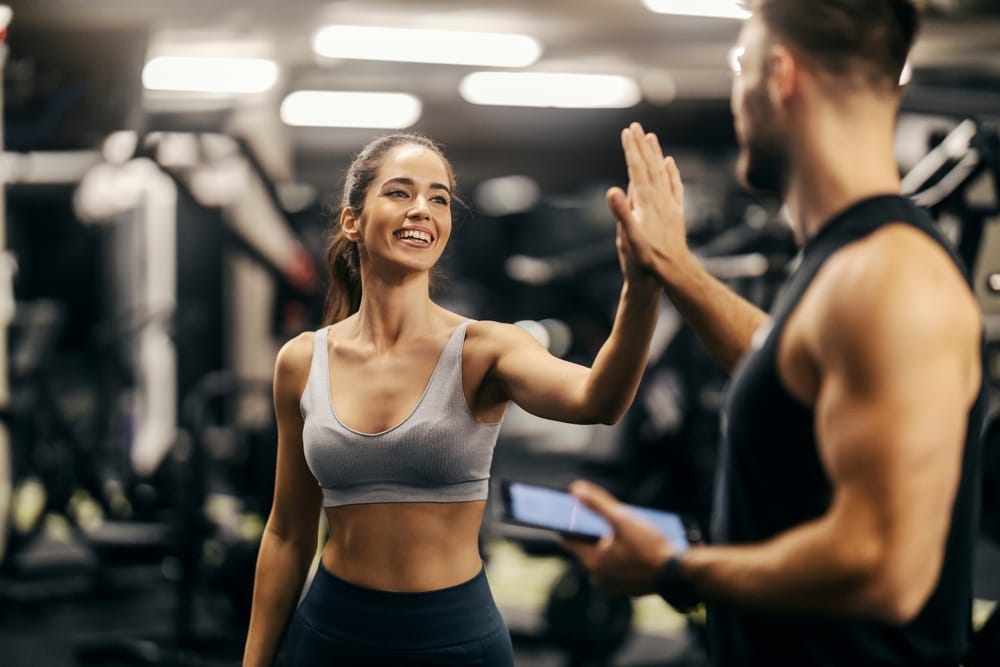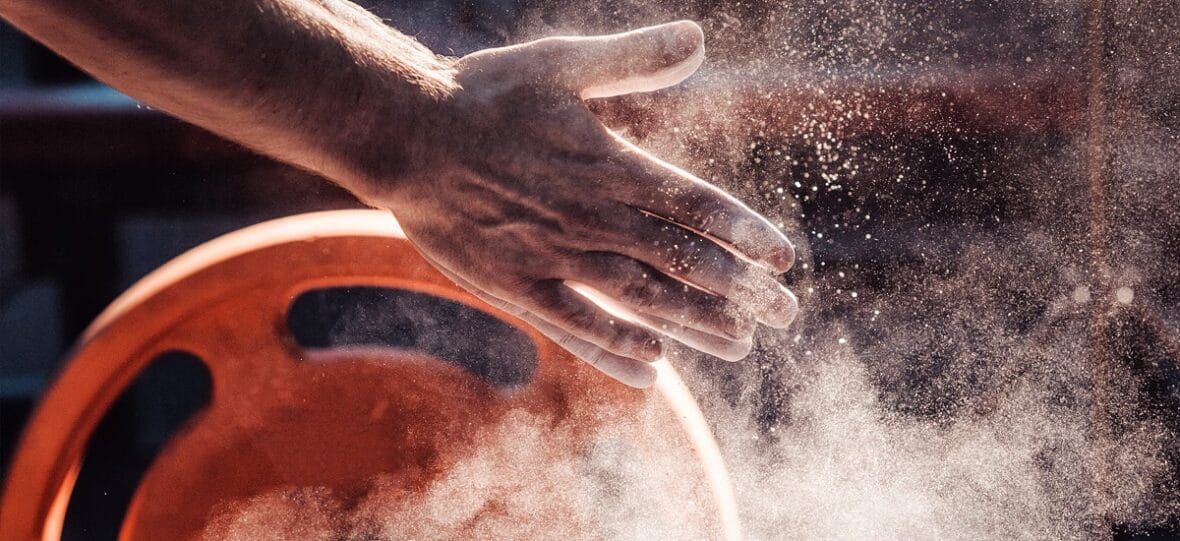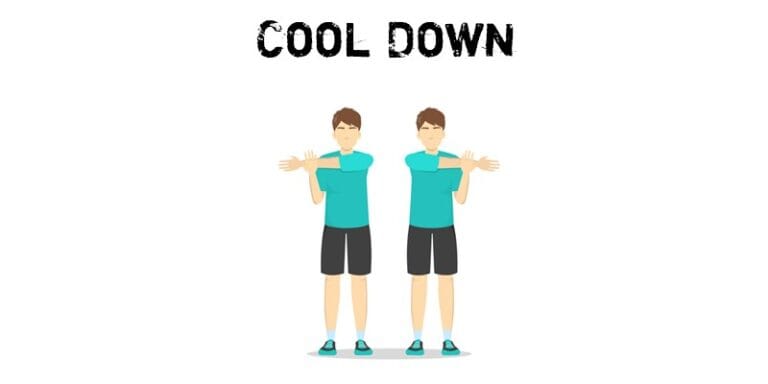Strength training is a method which will enable you to lift heavier loads with greater ease. As you get stronger you will see an increase in muscle mass and power too.
Compound exercises are the most effective way to develop total body strength. This is because more than one major muscle group is activated per exercise, meaning you get more out of each repetition.
In this guide, we will look at why compound exercises are important for building strength and how to perform each exercise.
Topics covered in this guide:
- Why Strength Training
- Popular Exercises
Why Strength Training
1. You Will Get Stronger
As you get stronger you will be able to lift heavier loads with greater ease. This will make day to day tasks such as carrying shopping bags and moving heavy objects easier.
2. Improved Bone Health
Strength training improves your bone mineral density. This can help you to manage and even prevent conditions such as osteoporosis.
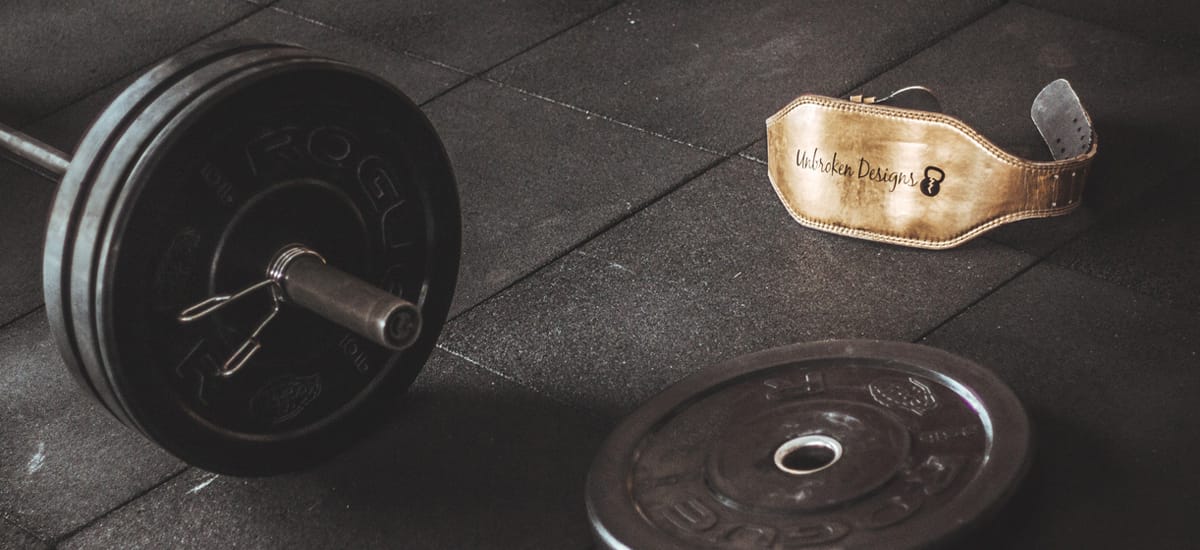 Photo Credit: Pixabay/Pexels
Photo Credit: Pixabay/Pexels
3. You Will Develop Muscle
You will be sure to notice an increase in your muscle mass through compound exercises. This is because more testosterone is released when you engage multiple muscles. This in turn leads to more muscle growth.
4. Manage Weight Loss
The more muscle you have the more calories your body will burn throughout the day in order to fuel them. This will make it easier to achieve a calorie deficit and maintain weight loss.
5. Your Muscle Co-ordination Increases
Compound exercises require the use of multiple muscles due to the movements involved. Take for example the military press, you need to use the majority of the muscles in your body to keep yourself stable, protect your back and lift the weight above your head. It’s important for your muscles to work in synchronisation to ensure the correct form and prevent injury.
As you practice, your technique, balance and co-ordination will improve and this will allow you to add more weight.
Popular Strength Exercises
Deadlift
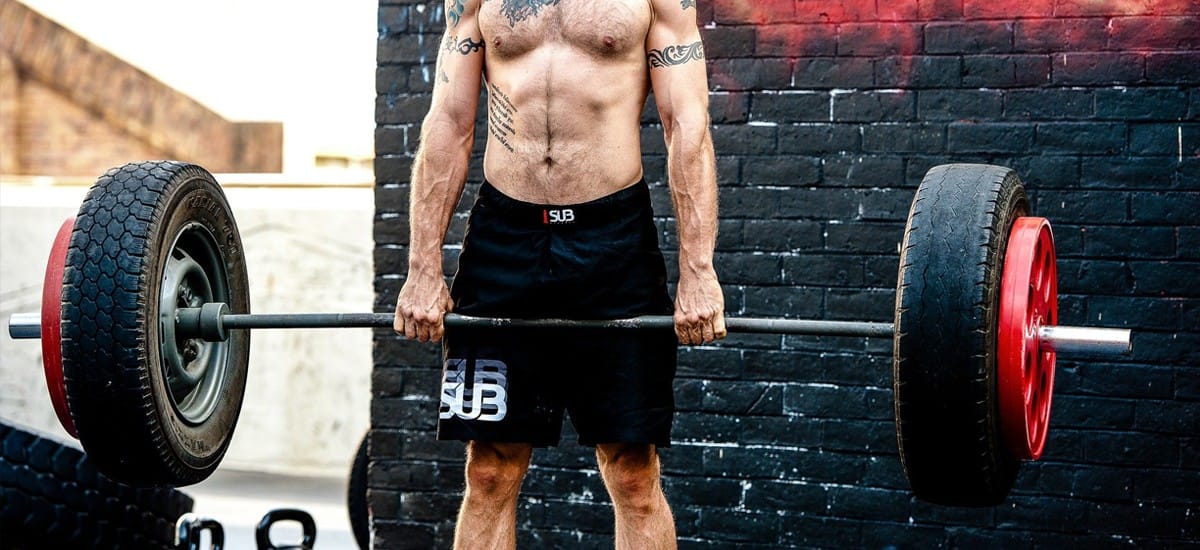 Image Credit: tacofleur | Pixabay
Image Credit: tacofleur | Pixabay
The deadlift is one of the most renowned exercises in the world for developing total body strength. It’s a lifting technique that requires practically every muscle in your body to work together to lift the weight off the ground. The current record for this is set by Hafthor Bjornsson (a.k.a the mountain) which was done on the 2nd of May 2020.
If you’re new to the deadlift technique, see our step by step process below:
- Place a barbell in front of you on the floor
- Put your feet underneath the bar so you can just see your toes on the other side
- Bend your knees as if you were doing a squat and, keeping your back straight and arms shoulder-width apart, grasp the barbell
- Keeping your feet flat on the floor, slowly raise the barbell up, making sure you drive up with your legs and back
- Keep your core contracted as you come up
- Proceed to then reverse the motion until the bar touches the floor
- Repeat as many times as required
Tips:
- Use chalk or gloves to improve your grip
- Lift with your legs and back, not with your arms
- Use a training belt to support your lower back and keep your form in check
- Keep your head straight and try not to look up or down
Squats
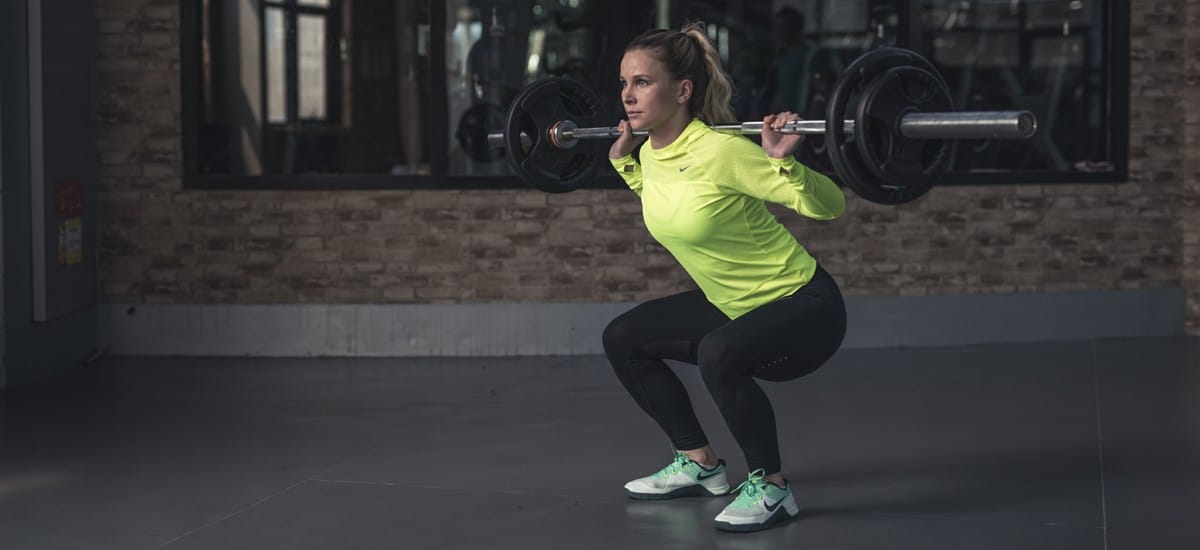 Photo Credit: Li Sun | Pexels
Photo Credit: Li Sun | Pexels
The squat is one of the most effective exercises in developing your lower body muscles and improving stability. They can be performed with weights at a squat rack or using your own bodyweight. Generally speaking, weights help you to develop strength and muscle faster, but bodyweight squats can help you develop lean muscle due to the ability to perform high reps.
If you’re attempting to squat for the first time, see our step by step process below:
- Start by standing in a neutral position with your legs shoulder-width apart
- Keep your back straight and your head looking forward
- Keeping your feet flat against the ground and your core engaged, slowly bend down with your knees
- Pause when your thighs are parallel to the ground (like you are sitting on a chair)
- Return to neutral, making sure to push with your heels
Tips:
- If you are doing this the bodyweight way, simply hold your arms out forwards as you go down to help you stabilise
- If you struggle, you can begin by squatting into a chair and then using your leg muscles to get you back up again
Bench Press
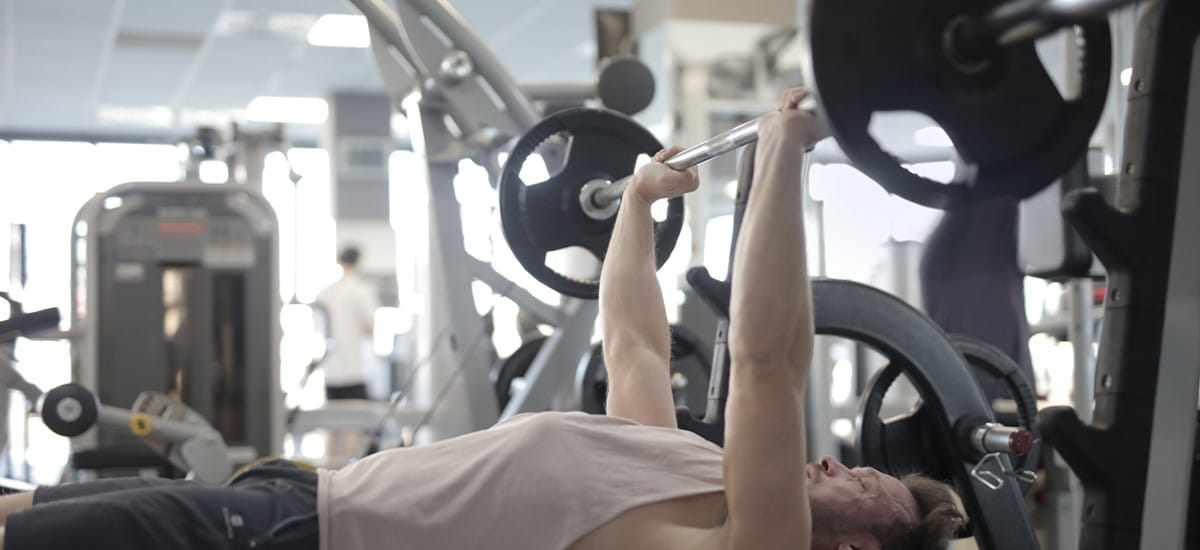 Image Credit: Andrea Piacquadio | Pexels
Image Credit: Andrea Piacquadio | Pexels
The bench press is the most popular exercise for developing upper body muscles, in particular the chest and triceps. There are many variations to the bench press such as incline, decline and flat bench. You can use a wide or close grip to target different muscles.
If you’re new to the bench press, see our steps below:
- Lie down on a bench
- Put a slight arch in your lower back to support your shoulders and use your toes for stability
- Grab the barbell with both hands and keep your wrists in line with your elbows to prevent any strain
- Lift the barbell off the rack and bring it in line with your chest.
- Slowly lower the bar down towards your chest (just before it touches your chest) and push back up
- Repeat as many times as required
Tips:
- Always focus on the muscle you are training. You want to feel the stretch on your chest as it lowers and the contraction as you push up
- You can also use resistance bands to assist you when doing pull-ups for the first time or see if your gym has an assisted pull up bar
- If you are attempting to lift heavy, it’s always a good idea to have a spotter to support you
Military Press
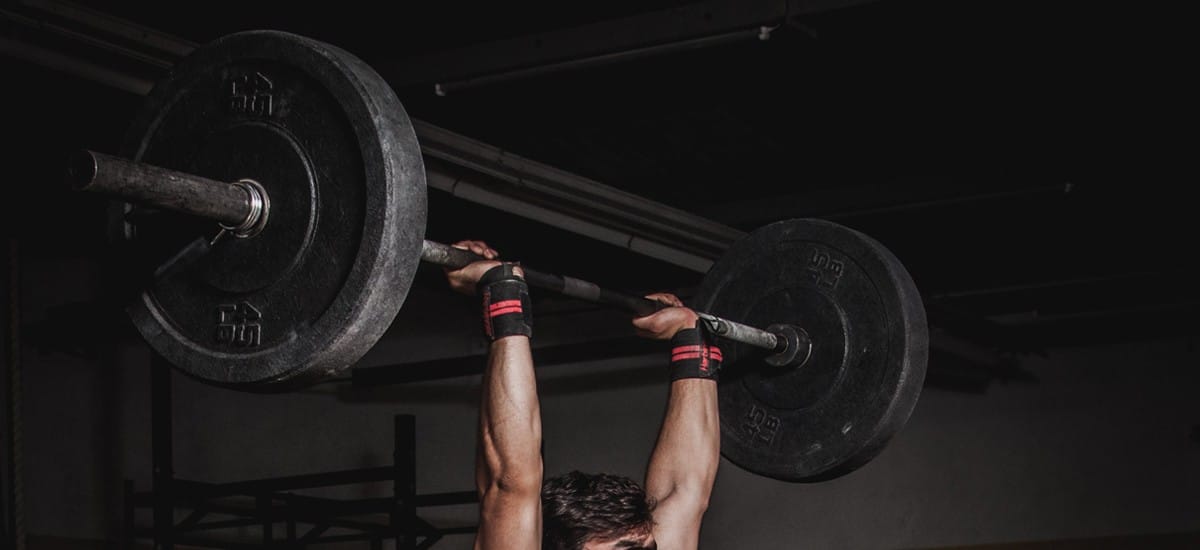 Image Credit: Leon Martinez | Pexels
Image Credit: Leon Martinez | Pexels
The military press is a total body push exercise that develops your shoulders, legs and core. To perform the exercise you will need a barbell and a rack. Alternatively, you can lift the bar off the ground but be sure to use a weight you can manage to prevent injury.
If you’re attempting the military press for the first time, see our step by step process:
- Grasp the barbell with your hands shoulder-width apart
- Carefully lift the bar off the rack, keeping your wrists neutral and core contracted
- Ensure your feet stay flat on the ground
- Once ready push the weight above your head until your elbows lock and breath outwards as you do this
- Slowly bring the weight back down in front of your body in controlled form
- Repeat this as many times required
Tips:
- Focus on the positioning of your feet as this can help you with stability
- You can change the width of your hand positioning to target different muscle groups
- Keep the weight in front of your head during the exercise to avoid strain on your shoulders
Pull-Ups
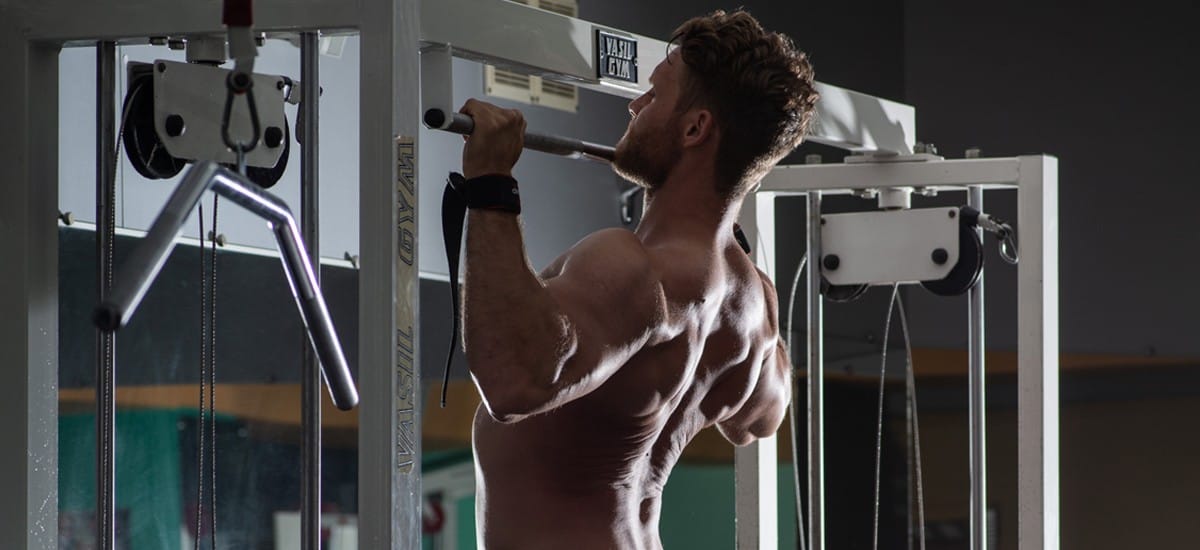 Image Credit: Pexels
Image Credit: Pexels
The pull-up tests your upper body strength and is great for developing your arms and back. Generally, chin-ups are the best place to start but you can also perform wide-grip pull-ups, which target your laterals.
If you’re attempting the pull up for the first time, see our step by step process:
- Grasp a pull-up bar, keeping your hands shoulder-width apart and palms facing forward
- Keep your chest pushed outwards, shoulders back and your core engaged
- Pull yourself up and aim to get your chin above the bar
- Slowly lower yourself until your arms are extended
- Repeat this as many times required
Tips:
- If you struggle to raise your chin above the bar, aim to get it level with the bar and build your way up
- If you want to challenge yourself you can add weighted clothes or a chain to increase your lifting weight
